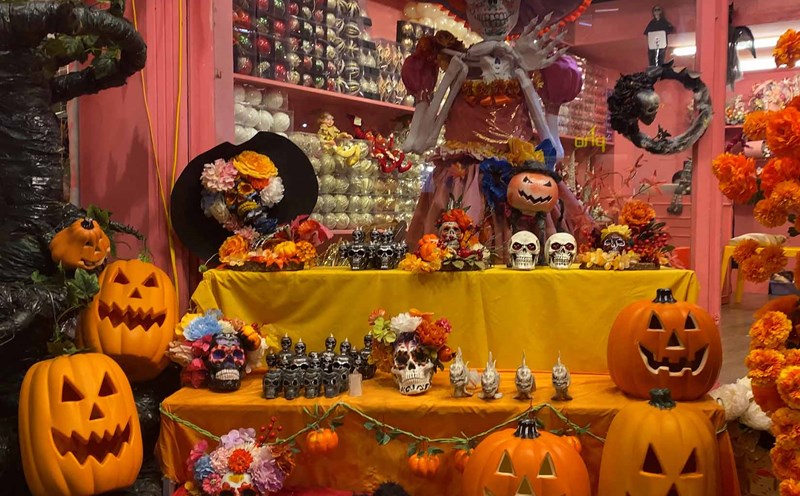Every Halloween, pumpkin lanterns with ghostly faces lit by candles have become an indispensable symbol of this festival.
However, few people know that the origin of this custom comes from an Irish folk tale about a character named "Stingy Jack".

According to A+E Networks' History page, this custom originates from an Irish folk legend recorded in the 19th century. Accordingly, Jack was a cunning man who twice fooled the Devil.
The first time, he convinces the Devil to transform into a coin to pay for a drink, but then puts the coin in his pocket along with the silver cross, making it impossible for the Devil to transform back.
The second time, Jack tricked the Devil into climbing a tree and carved a cross into the trunk, forcing the Devil to promise not to bother him for ten years.
When Jack died, neither Heaven nor Hell accepted his soul.
Heaven refused because Jack was a suspiciously cunning man, and the Devil kept his promise not to claim his soul.
Finally, the Devil threw Jack a burning coal and banished him into eternal darkness. Jack placed the coal in a hollowed-out turnip to light his way, and from then on wandered the earth. The Irish called this ghost "Jack of the Lantern", which was later shortened to "Jack O'Lantern".
From radish to pumpkin
The tradition of making jack-o-lanterns began in Ireland and Scotland, where people carved scary faces into turnips and placed them in windows or doors. They believed that these lights would ward off the spirits of Stingy Jack and other ghosts. In England, people used beets to make jack-o-lanterns.

When the Irish immigrated to America, they brought this tradition with them, where they discovered that pumpkins - a popular fruit in North America - were a more ideal material for making Halloween lanterns.
Since then, pumpkin carving has evolved from a casual fall pastime into an integral part of Halloween celebrations as we know them today.











